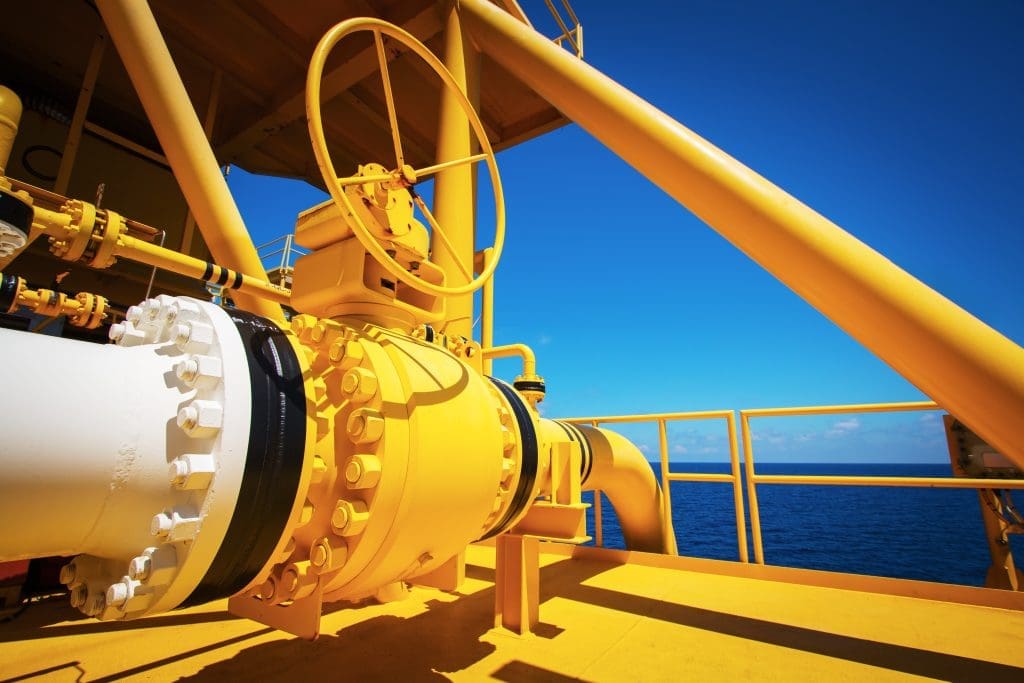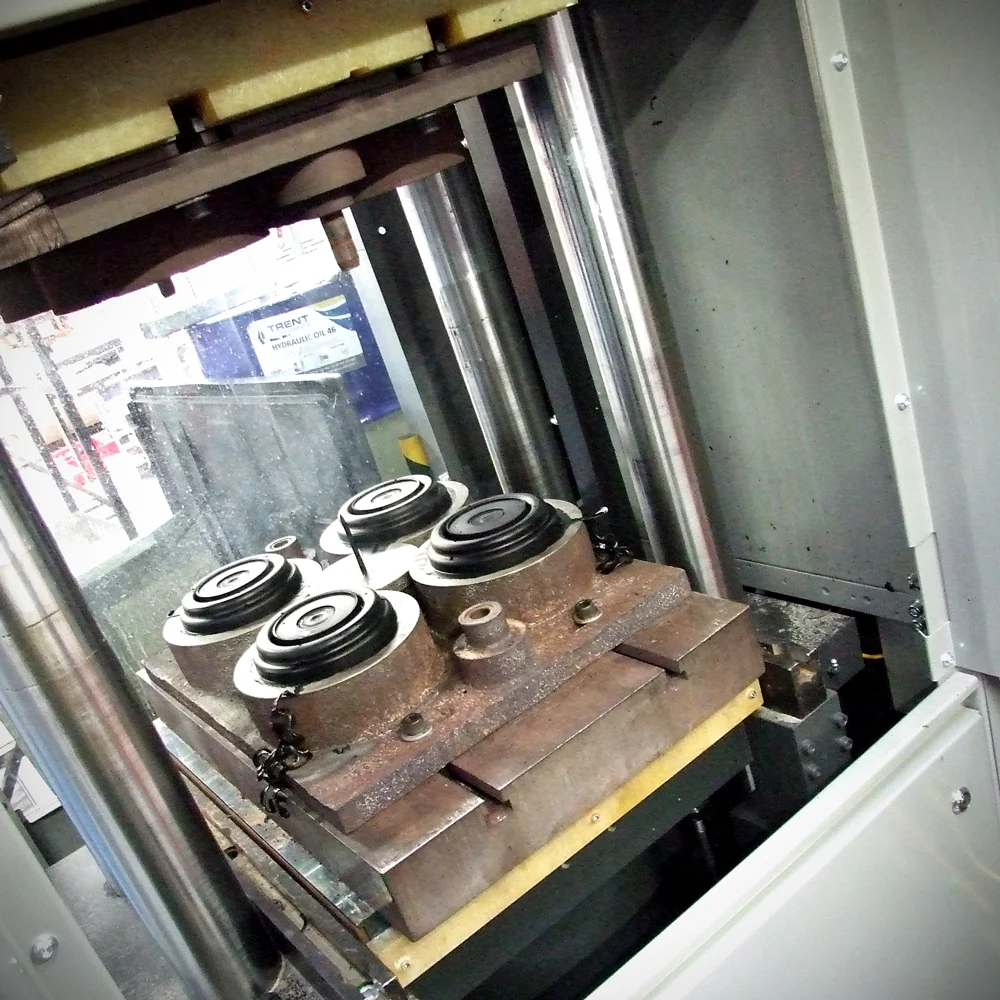Rubber Moulding for the Oil & Gas Industry: Expert Insights and Best Practices
As experienced professionals in the rubber moulding industry, we understand the unique challenges and requirements that the oil and gas sector faces. Rubber moulding plays a critical role in this industry, providing essential components and seals that must withstand demanding operating conditions, extreme temperatures, high pressures, and corrosive environments.
In this comprehensive guide, We will share our expertise and insights to help you understand rubber moulding for oil and gas applications. From material selection to design considerations and quality control, we will cover the essential aspects you need to know to ensure the success of your projects.


The Importance of Rubber Moulding in the Oil & Gas Sector
The oil and gas industry is a highly complex and technologically advanced field, where reliability, safety, and efficiency are paramount. Rubber moulding is a key enabler in this sector, providing a wide range of critical components that are essential for the smooth and safe operation of various oil and gas equipment and infrastructure.
Rubber moulded parts are used in a variety of applications, including:
- Seals and gaskets for valves, pumps, and pipelines
- Hoses and flexible connections
- Diaphragms for control and measurement devices
- Protective covers and linings for drilling and exploration equipment
- Shock-absorbing components for offshore platforms and rigs
The ability of rubber to withstand harsh environments, resist chemical corrosion, and provide superior sealing and damping properties makes it an indispensable material in the oil and gas industry.
Common Rubber Moulding Techniques Used in the Industry
 The oil and gas industry utilises a range of rubber moulding techniques to produce the necessary components and parts. Some of the most commonly used techniques include:
The oil and gas industry utilises a range of rubber moulding techniques to produce the necessary components and parts. Some of the most commonly used techniques include:
- Compression Moulding: This method involves placing a pre-measured amount of rubber compound into a heated, closed mould, where it is then compressed and cured under high pressure to take the desired shape.
- Injection Moulding: In this process, the rubber compound is heated and injected under high pressure into a closed mould, where it is then allowed to cool and solidify, forming the final part.
- Transfer Moulding: This technique is similar to compression moulding, but the rubber compound is first pre-heated and then transferred into the mould cavity under pressure, where it is cured.
The choice of moulding technique depends on the complexity of the part, the required material properties, and the production volume, among other factors.
 Key Considerations in Rubber Material Selection for Oil & Gas Applications
Key Considerations in Rubber Material Selection for Oil & Gas Applications
Selecting the right rubber material is crucial for ensuring the performance and longevity of rubber moulded parts in the oil and gas industry. Some of the key factors to consider when choosing a rubber compound include:
- Chemical Resistance: The rubber must be able to withstand exposure to a wide range of chemicals, such as oils, fuels, solvents, and corrosive substances commonly found in the oil and gas environment.
- Temperature Resistance: Rubber components must be able to operate reliably at the extreme temperatures, both high and low, that are often encountered in oil and gas applications.
- Mechanical Properties: The rubber must possess the necessary physical and mechanical properties, such as tensile strength, tear resistance, and compression set, to withstand the high pressures and stresses encountered in the industry.
- Regulatory Compliance: Rubber materials used in the oil and gas industry must meet various safety and environmental regulations, such as those related to fire resistance, low smoke emission, and compliance with industry-specific standards.
By carefully evaluating these factors and working closely with rubber moulding experts, you can select the most suitable rubber compound for your specific oil and gas application.

Best Practices for Designing Rubber Moulded Parts for the Oil & Gas Industry
Designing rubber moulded parts for the oil and gas industry requires a thorough understanding of the unique challenges and requirements of this sector. Here are some best practices to consider:
- Optimise Part Design: Collaborate closely with your rubber moulding supplier to design parts that minimise material usage, reduce complexity, and enhance manufacturability, while still meeting the functional requirements.
- Incorporate Robust Tolerances: Ensure that the part design incorporates appropriate tolerances to account for the inherent variability in the rubber moulding process, as well as the expected operating conditions.
- Consider Mounting and Assembly: Design the rubber moulded parts with ease of installation and assembly in mind, taking into account factors such as accessibility, alignment, and integration with other components.
- Prioritise Durability and Reliability: Prioritise the long-term performance and reliability of the rubber moulded parts, ensuring they can withstand the harsh operating conditions of the oil and gas industry.
- Leverage Design for Manufacturability (DFM): Work closely with your rubber moulding supplier to apply DFM principles, such as minimising undercuts, optimising parting lines, and incorporating appropriate draft angles, to enhance the manufacturing process and reduce production costs.
By following these best practices, you can design rubber moulded parts that not only meet the functional requirements of the oil and gas industry but also optimise the manufacturing process and ensure long-term reliability.
Quality Control and Testing
Maintaining strict quality control and rigorous testing protocols is essential in the rubber moulding industry, especially for critical applications in the oil and gas sector. Some of the key quality control and testing measures include:
- Material Verification: Ensure that the incoming raw materials, such as rubber compounds and additives, meet the specified quality and composition requirements.
- Process Monitoring: Implement robust process control measures, such as temperature and pressure monitoring, to ensure consistent and repeatable moulding processes.
- Dimensional Inspection: Conduct detailed dimensional inspections of the moulded parts to verify that they meet the specified tolerances and design requirements.
- Physical and Mechanical Testing: Perform a range of physical and mechanical tests, such as tensile strength, tear resistance, and compression set, to validate the performance of the rubber compound.
By implementing a comprehensive quality control and testing regime, you can ensure that the rubber moulded parts used in the oil and gas industry meet the stringent performance and safety requirements of the industry.

Choosing the Right Rubber Moulding Supplier for Oil & Gas Projects
Selecting the right rubber moulding supplier is crucial for the success of your oil and gas projects. When evaluating potential suppliers, consider the following key factors:
- Industry Experience: Look for a supplier with a proven track record of working with the oil and gas industry and a deep understanding of its unique requirements and challenges.
- Technical Expertise: Ensure that the supplier has the necessary technical expertise and capabilities to design, manufacture, and test rubber moulded parts that meet the industry’s stringent performance and safety standards.
- Quality Assurance: Assess the supplier’s quality control processes, testing protocols, and certifications to ensure that they can consistently deliver high-quality rubber moulded parts.
- Regulatory Compliance: Verify that the supplier’s materials and manufacturing processes comply with the relevant environmental, safety, and industry-specific regulations.
- Responsiveness and Flexibility: Choose a supplier that is responsive to your needs, flexible in their approach, and willing to work collaboratively to find the best solutions for your project.
- Supply Chain Reliability: Evaluate the supplier’s supply chain management capabilities, including their ability to ensure timely delivery and manage potential disruptions.
By carefully evaluating these factors and selecting the right rubber moulding supplier, you can ensure the success of your oil and gas projects and the long-term reliability of your rubber moulded components.
Conclusion: The Future of Rubber Moulding in the Oil & Gas Industry
As the oil and gas industry continues to evolve, the role of rubber moulding will only become more critical. With the increasing demand for reliable, high-performance components that can withstand the industry’s challenging operating conditions, the need for innovative and customised rubber moulding solutions will only continue to grow.
Looking ahead, we can expect to see advancements in rubber material science, moulding techniques, and quality control measures that will further enhance the capabilities of rubber moulded parts in the oil and gas sector. Additionally, the increasing focus on environmental sustainability and safety will drive the development of more eco-friendly and regulatory-compliant rubber moulding solutions.
By staying informed about the latest trends and best practices in rubber moulding for the oil and gas industry, and by partnering with experienced and capable suppliers, you can position your organisation for success and ensure the long-term reliability and performance of your critical components.
To learn more about how our rubber moulding expertise can benefit your oil and gas projects, contact us today. Our team of industry experts is ready to work with you to develop customised solutions that meet your specific requirements and challenges.

 Key Considerations in Rubber Material Selection for Oil & Gas Applications
Key Considerations in Rubber Material Selection for Oil & Gas Applications